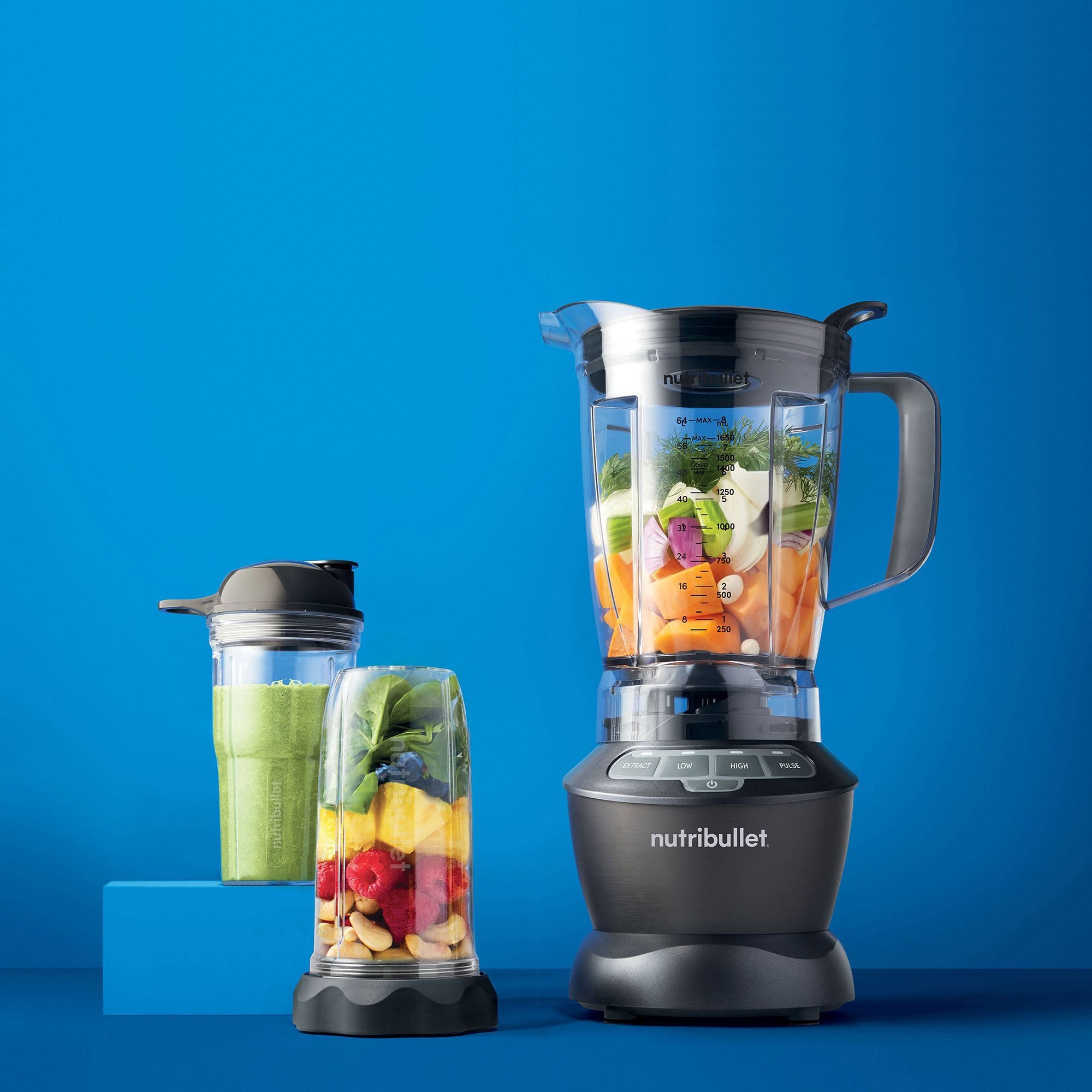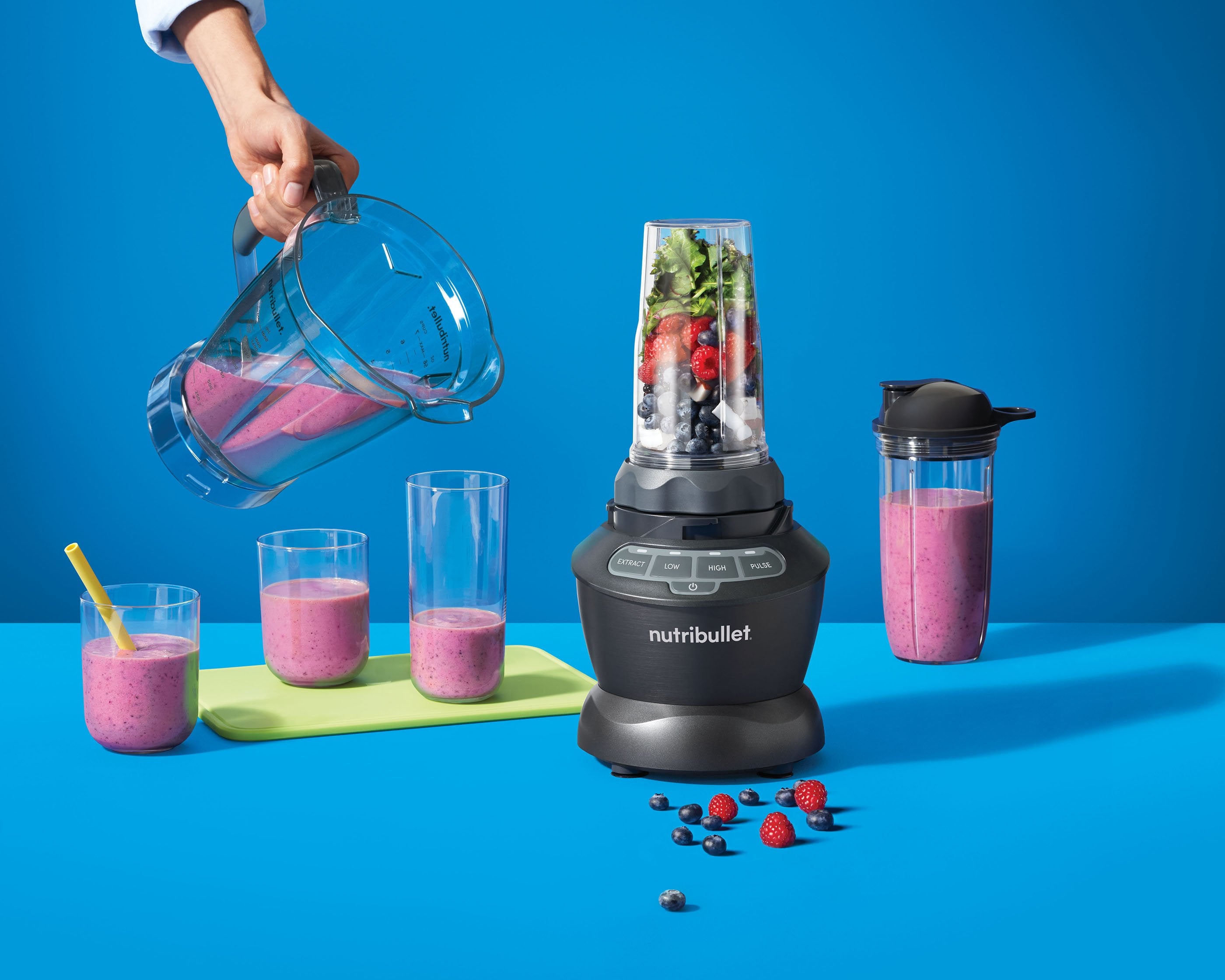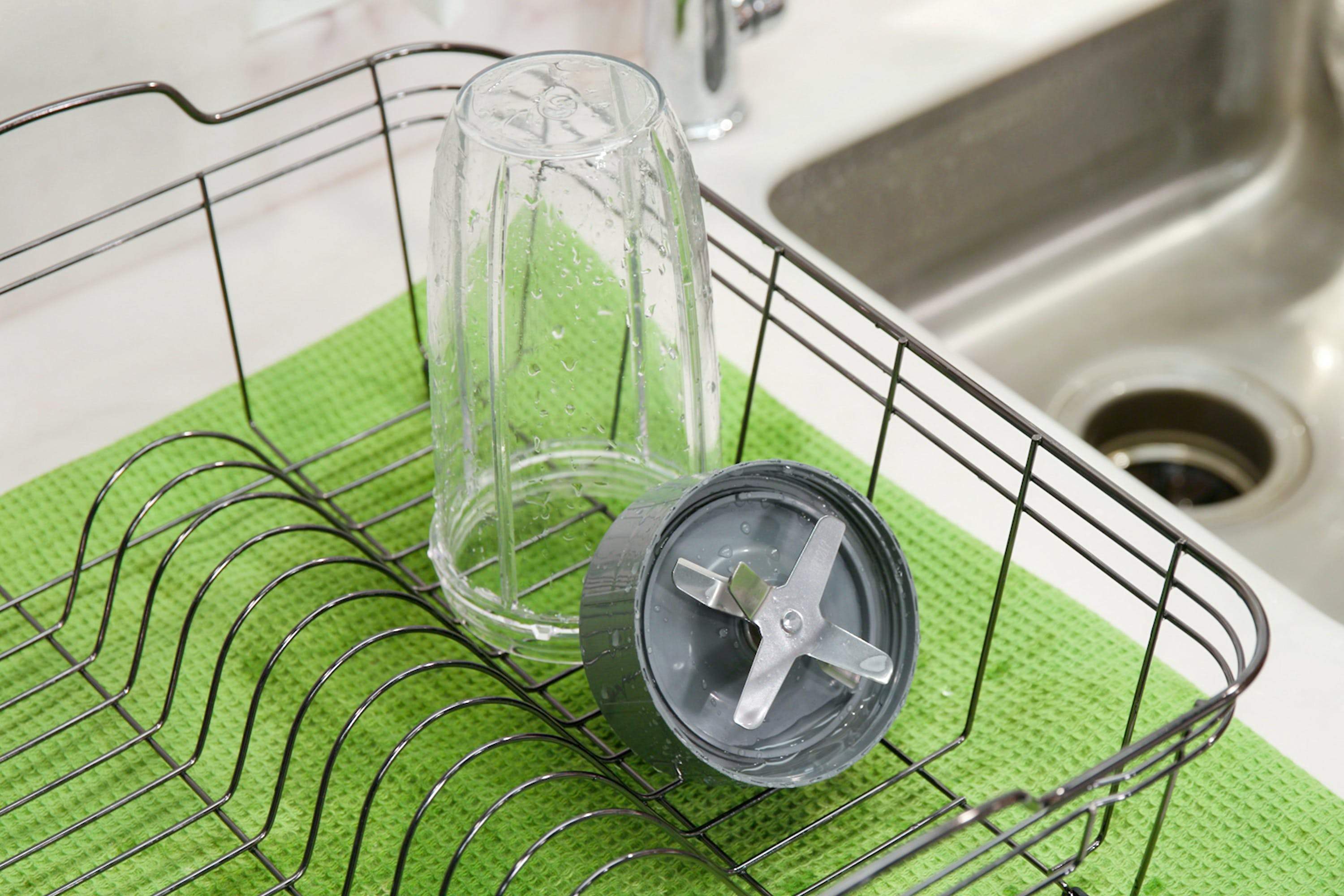Of all the questions I’m asked as a registered dietitian nutritionist, questions surrounding protein are near the top of the list. Considering that protein plays such a large role in our internal bodily processes and provides the building blocks for muscle, skin, hair, bones, and organs, it’s understandable why there’s such a health halo surrounding it. According to the 2018 Food & Health Survey from the International Food Information Council Foundation, protein is perceived as the most beneficial food or nutrient concerning health issues – even more so than vegetables!
Even though meeting our daily needs is relatively easy for most, our nation seems to have an overwhelming interest surrounding how to power up with more. The Recommended Dietary Allowance (RDA) for protein is 0.8 g/kg of body weight per day for sedentary individuals, which is designed to maintain nitrogen balance in the body for the average adult; a negative nitrogen balance would mean that the muscle is being broken down. However, it’s important to keep in mind that “adequate” does not equal “optimal.” Protein needs increase alongside increased physical activity – and new studies estimate that we may need more protein than we originally thought to help preserve lean muscle mass and support healthy aging.
Studies have also shown that distributing protein intake out throughout the day is key for muscle building. Important times throughout the day to pump up the protein include (1) post-exercise, when muscles are most sensitive to nutrient intake, and (2) breakfast, primarily because typical American breakfast foods just don’t contain a lot of it – think: pastries, toast, cereal, and fruit. As a general rule of thumb, include a high-quality protein source in each meal or snack.
While I consider myself to be a “food first” advocate –meaning I usually recommend people opt for whole food protein sources such as Greek yogurt, cottage cheese, almonds, salmon, soy milk, edamame, flax seeds, lentils, or peanut butter first – I also recognize that protein powders can be a great option for helping to meet nutrient needs.
With so many options available (whey, egg white, soy, brown rice, pea), it can be hard to know which protein powder to choose. Here are the basics on what to look for when shopping for a protein powder.
What to Look for in a Protein Powder:
- Ingredients. Like with all foods and supplements, it’s a good habit to thoroughly read the ingredients label even before looking at the nutrition facts. You’ll want to make sure that the ingredients listed are whole foods-based, recognizable, and that there isn’t an overwhelming number of additives or fillers.
- Protein content. The average person uses about 15 to 25 grams of protein at one time for muscle building, so you’ll want to find a protein powder that provides protein somewhere within this range (or cut back how much you’re adding to your recipes if needed).
- Personal preferences. Your own dietary restrictions should certainly fit into the equation. Fast-acting whey and long-lasting casein are derived from dairy, while brown rice and pea protein are both dairy and lactose-free – making them popular choices among the plant-based community. A 2011 study in Nutrition Journal revealed another bonus with pea protein; both pea protein and casein were found to keep study participants feeling fuller for longer than with an equal amount of other sources such as whey protein or egg white.
- Superfoods. Those ingredients that offer antioxidants, omega-3 fatty acids, and immune-boosting properties are all added bonuses.
3 Protein-Packed Smoothie Recipes
Below are three protein-powerhouse smoothies that highlight a combination of whole food proteins alongside our Organic Pea Protein Blend!
- Blackberry Almond Protein Shake – Packed with satisfying protein and fat, this smoothie steps outside the box calling on canned coconut milk. It’s creamy, dreamy, and downright delicious.
- Banana Bread Protein Smoothie – If you’ve never used cottage cheese in a smoothie, now is the perfect opportunity. With 13 grams of protein in a ½ cup serving, it’s a great way to pump up the nutritional profile of your blends. With additional pea protein powder and the synergetic flavors found in banana bread, this high-protein smoothie is a must-make!
- Peanut Butter Coffee Perk Up – Kick off your morning with this unique combination of peanut butter, spinach, protein powder, and coffee. By the time you’ve dropped the kids off at school or finished your morning commute to work, you’ll be ready to conquer the day!
Nutritional information
Recipe: Creamy Green Strawberry Dream Serving in this recipe:1
- Calories: 236.6
- Total Fat: 3.6 g 5.5%
- Saturated Fat: 0.4 g 1.9%
- Cholesterol: 0 mg 0%
- Sodium: 358.7 mg 14.9%
- Total Carbs: 45.7 g 15.2%
- Dietary Fiber: 9.9 g 39.4%
- Sugar: 22.1 g
- Protein: 8.1 g 16.2%
- Vitamin A: 481.9% Vitamin C: 244.1%
- Calcium: 68.5% Iron: 26.1%
* Percent Daily Values are based on a 2,000 calorie diet. Your daily values may be higher or lower depending on your calorie needs.





















